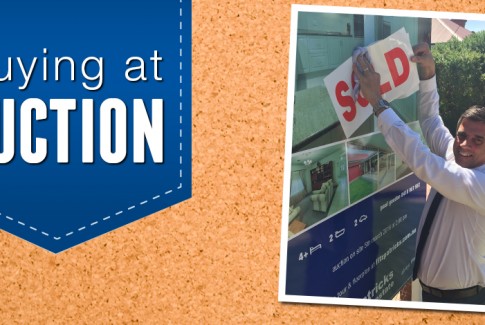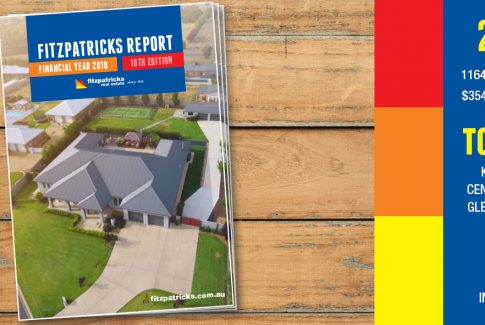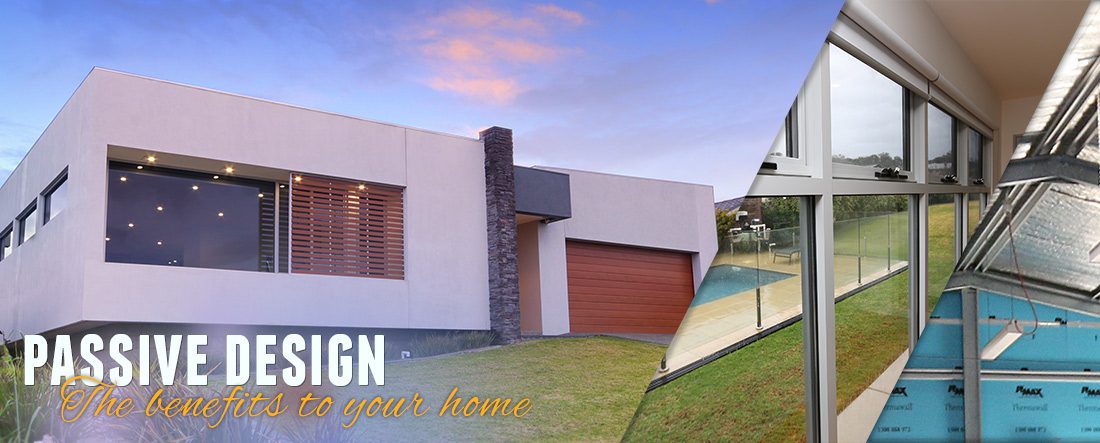
When reading through selling points of properties being advertised for sale, you may notice a lot of reference to passive design. Things like “north-facing” and “double brick construction” might not seem like an obviously major selling feature, but they are an indication of the passive design elements that can make a major contribution to energy efficiency and comfort.
So what exactly is passive design?
It’s design that takes advantage of the climate to maintain a comfortable temperature range in the home, reducing or eliminating the need for auxiliary heating or cooling.
Use of air conditioners, heaters and the like accounts for about 40% or more of energy use in the average Australian home which, with rising energy prices, is an ever present concern for the family budget. Passive design utilises natural sources of heating and cooling, such as the sun and cooling breezes, and is achieved by appropriately orientating your building on its site and carefully designing the building to minimise unwanted heat gain and loss. But that doesn’t mean that you have to go out and densely insulate walls and double or triple glaze all windows – it’s about making informed decisions based on your climate zone to determine the most appropriate responses and then knowing how your home interacts with the daily and seasonal climate.
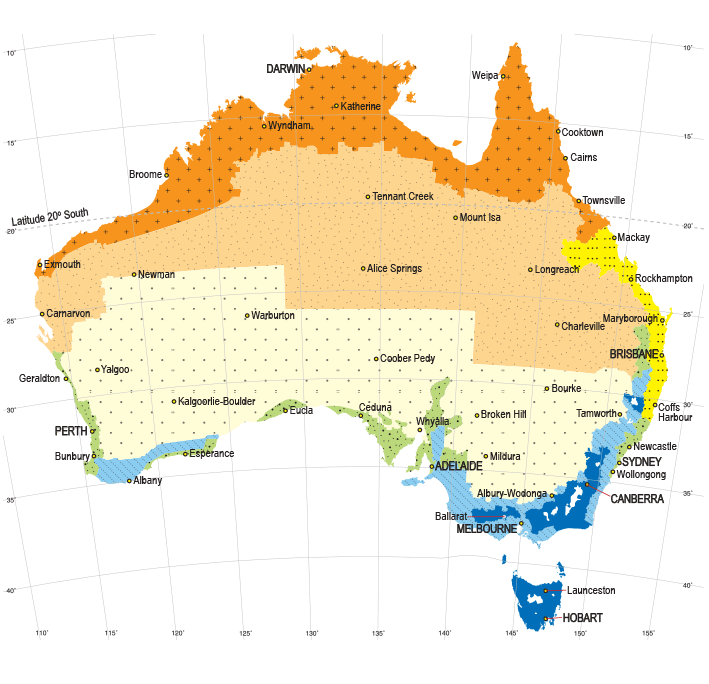
Wagga Wagga has distinct seasons and enjoys a hot dry summer and cool winter.
Image courtesy of the Australian Building Codes Board, originally published on yourhome.gov.au/passive-design/design-climate
Of course the most economical time to achieve good passive design is during the design and building stage though renovations offer a cost effective opportunity to make significant improvements, but what is essential is an “active” user with an understanding of how the passive design works – simple things like knowing when to open or close windows to optimise air flow and how to operate adjustable shading are key to optimising the benefits of the design.
A combination of different and interrelated strategies, good passive design is critical to achieving a lifetime of thermal comfort, low energy bills and low greenhouse gas emissions. Easy on the hip pocket, easy on the environment – it’s a no brainer.
Some of the strategies are:
Orientation
Orientation refers to the way the home is situated on its site to take advantage of climatic features such as the sun and cooling breezes. For example, north-facing living areas (or as close to north as possible) are most desirable in all but tropical climates, allowing maximum exposure to the sun and easy shading of walls and windows in summer. North-facing walls receive more solar radiation in winter than in summer, and so the principle is about maximising the sun as a source of heat, letting the winter sun in and keeping the summer sun out. This reduces the need for auxiliary heating and cooling, reducing energy bills and passively improving comfort in the parts of the home that are “used most often”.
For homes that aren’t ideally oriented, strategies for overcoming some of the challenges might include excluding direct sun using trees and adjoining structures to shade facades while funnelling cooling breezes.
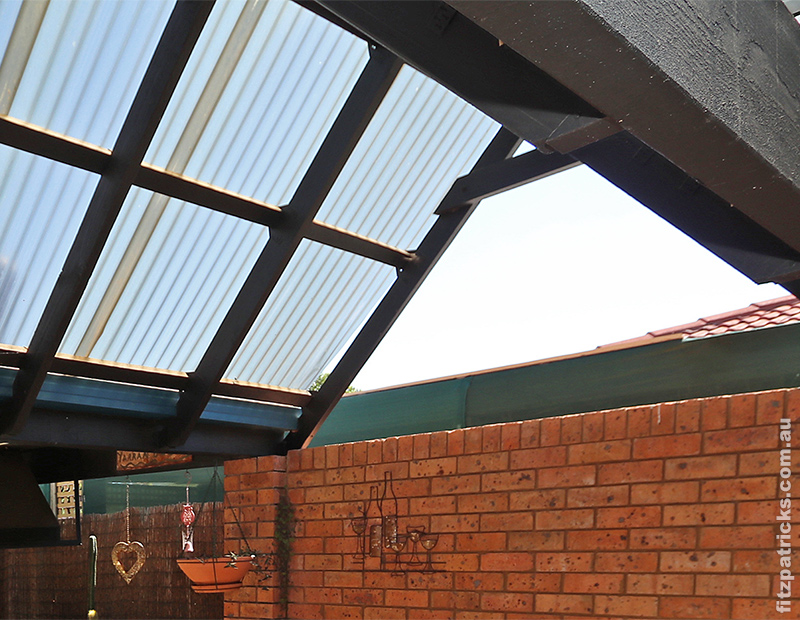
This pitched pergola provides effective shading from the overhead sun while the open ends funnel the cool cross-flowing breeze to the area underneath.
Shading
Shading of your home and outdoor spaces reduces summer temperatures, improving comfort and saving energy. Effective shading can include eaves, window awnings, shutters, verandahs, pergolas and tree plantings which can block up to 90% of the heat generated by direct sun. Shading glass is the best way to reduce unwanted heat gain, however inappropriately designed fixed shading can block winter sun and extensive summer shading can reduce incoming natural light, which in turn increases the use of artificial lighting.
Overall, the premise is to regulate solar access and reduce the heat load of the home when desired, maximising the benefits of the sun to moderate the temperature inside and around the home. Trapping radiant heat is desirable for winter heating but needs to be avoided in summer. Even things like opting for light coloured wall and roof surfaces, which can reflect up to 70% of summer heat gain, and shading darker surfaces are considerations.
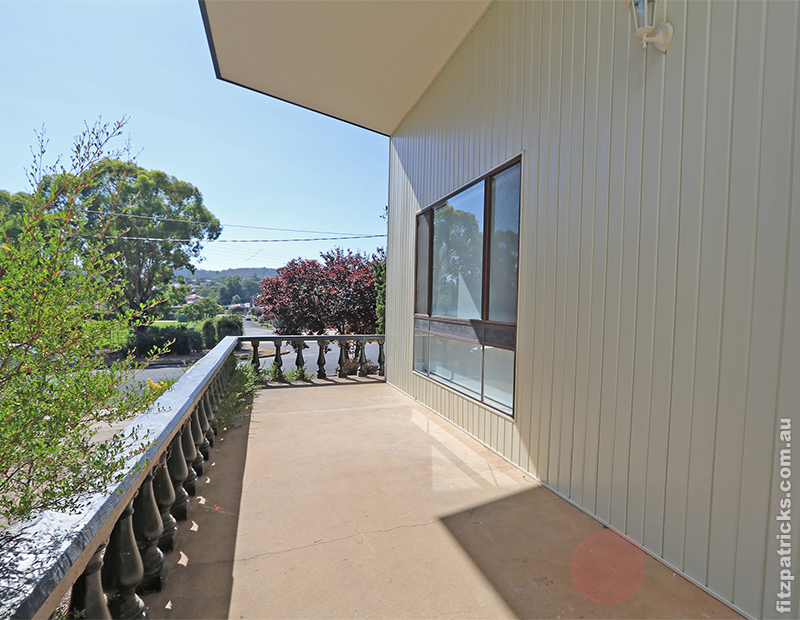
Correctly designed eaves are generally the simplest and least expensive shading method and generally all that is required on single storey dwellings – effective orientation means the high angled summer sun is excluded but the lower winter sun can still penetrate beneath.
Passive cooling and solar heating
Most Australian climates require both passive heating and cooling, and both are the least expensive way to cool and heat your home. Many heating and cooling design objectives overlap, but different emphasis is needed depending on your climate.
Passive cooling relies on elements such as air movement, evaporative cooling and thermal mass to be effective in cooling the house and the people in it. The most appropriate strategies have distinctly different climate principles – for Wagga Wagga’s hot arid summers and cool winters thermal mass construction is recommended to capitalise on the varying temperature ranges in conjunction with efficient evaporative cooling. In a hot humid climate, permanent shading and windows optimising air movement rather than solar access is a much greater focus.
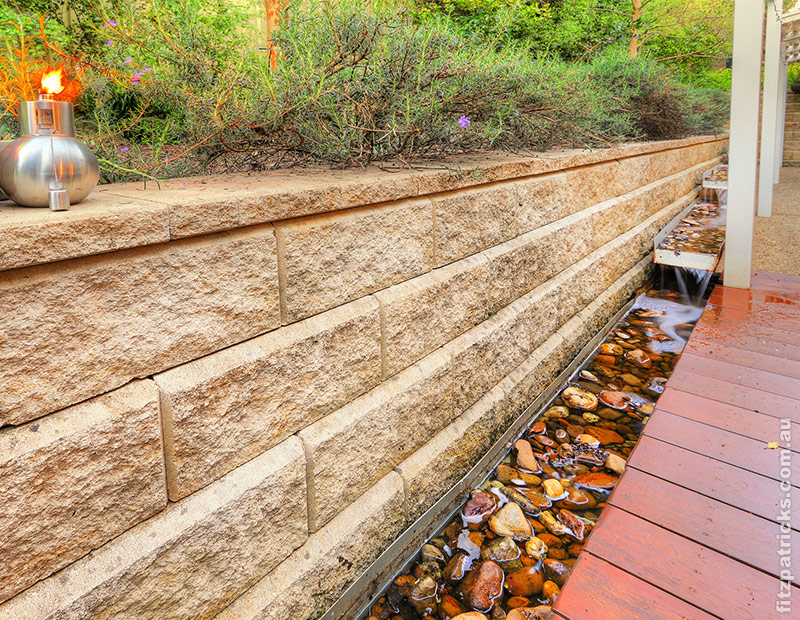
Sheltered from the wind, this well designed water feature assists in providing evaporative cooling to a courtyard alfresco area.
Passive solar heating is appropriate for all climates where winter heating is required. It works by trapping the heat from the sun which is then absorbed and stored by the materials with high thermal mass inside the house. Put simply, design for passive solar heating lets the winter sun in and stores the energy gained, and keeps the summer sun out, allowing any heat built up to escape. Orientation and shading play a big role in this concept, which are significant considerations when a home is being built. But the passive solar heating of an established building can be improved during renovations via improving insulation, resizing or relocation of poorly oriented windows, glazing of windows and creating zones within the home with similar heating needs.
Insulation
A well designed, well insulated home provides year round comfort – insulation acts as a barrier to heat flow and can also help with weatherproofing and soundproofing. Climatic conditions determine the appropriate level of insulation as well as the type used – bulk, reflective or composite. Correct installation is also essential to ensure the insulation performs as intended.

Bulk and reflective insulation is particularly effective in ceilings and walls in the Wagga Wagga region.
Thermal mass
Thermal mass is the ability of a material to absorb and store heat energy. High density materials such as concrete, brick and tiles have high heat storage capacity and therefore a high thermal mass. Lightweight materials like timber have a low thermal mass. The properties of thermal mass need to be used appropriately as you don’t want to exacerbate the extremes of the climate – radiating heat on a hot summer night or absorbing all the heat you produce on a winter night. To be effective, good use of thermal mass moderates indoor temperatures by averaging day-night temperature extremes.
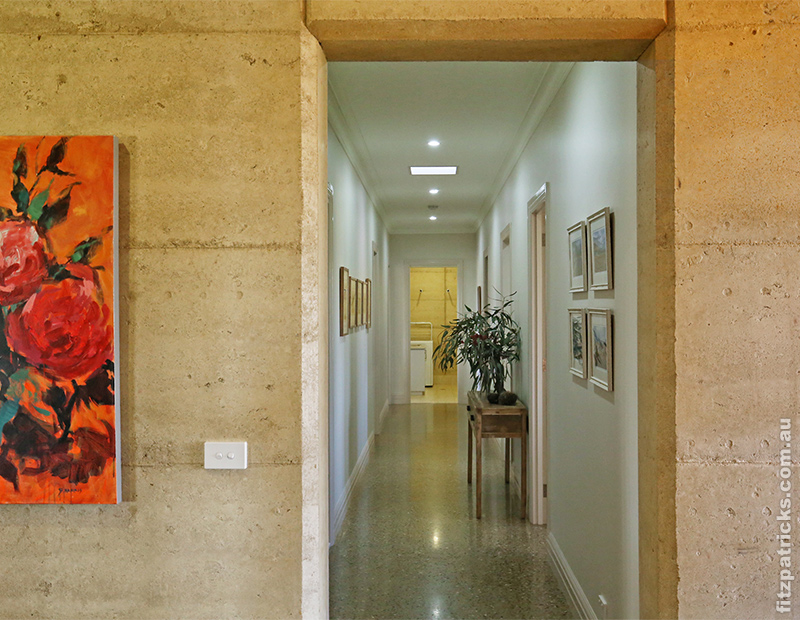
A lot of heat energy is required to change the temperature of concrete, brick and rammed earth construction, and their high thermal mass is useful in regulating a constant temperature.
Skylights
Skylights are an excellent source of natural light and can improve natural ventilation. However, they can be a major source of unwanted heat gain in summer and heat loss in winter. Factors to be considered when selecting from the many skylight options available include sizing and spacing (to control glare and heat gain), energy efficiency and appropriateness for climate.
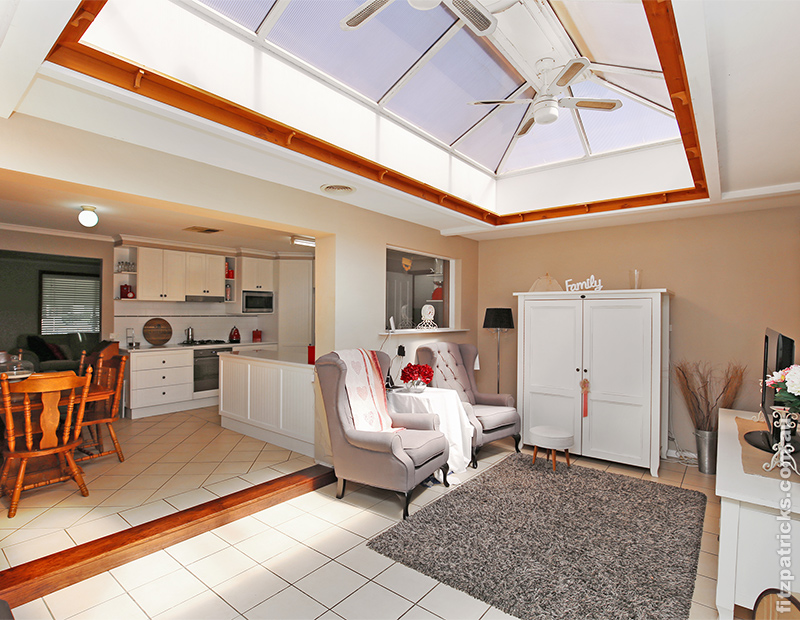
This tinted roof lantern is a excellent source of natural light to this living space, while the ceiling fans assist in circulating the air, dispursing the heat gained.
While the general theme is to maximise the power of the sun, keeping the summer heat out and trapping the winter heat in, passive design is complex and integrated, but ultimately your home is more comfortable to live in and cheaper to run.
Check out the Government’s Your Home website to go into further detail on the principles of environmentally sustainable passive design and learn how you can implement them in your own home, whether you’re building or considering renovating.








